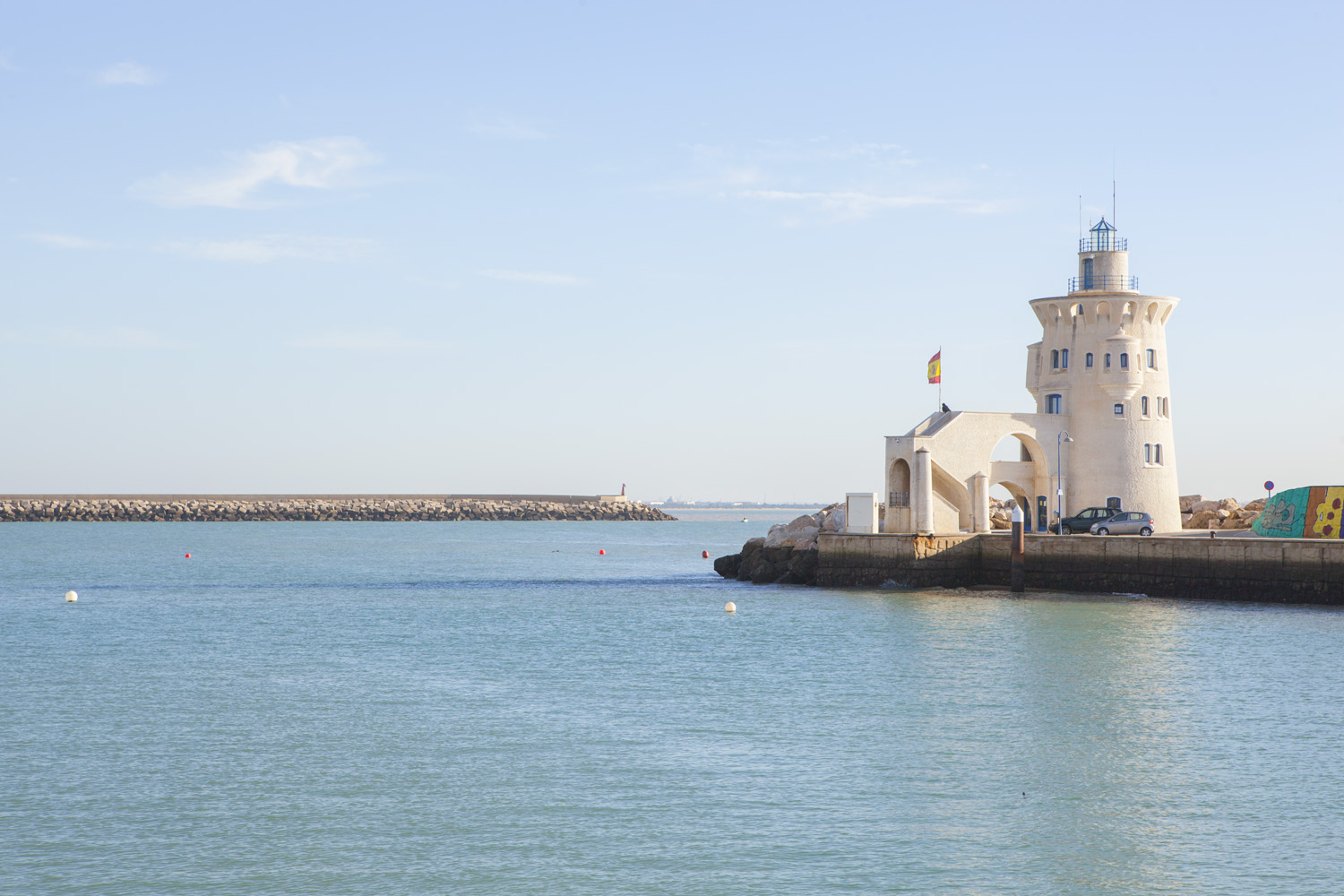Gira tu dispositivo para una experiencia óptima
Gira tu dispositivo para una experiencia óptima

4 días

Cultura

Gastronomía

Cádiz con niñ@s
Enter your email address and in a few seconds you will have the experience on your mobile so you can see it whenever you want.
We have emailed you the experience; enjoy Cadiz like never before.
Don't you get your experience?
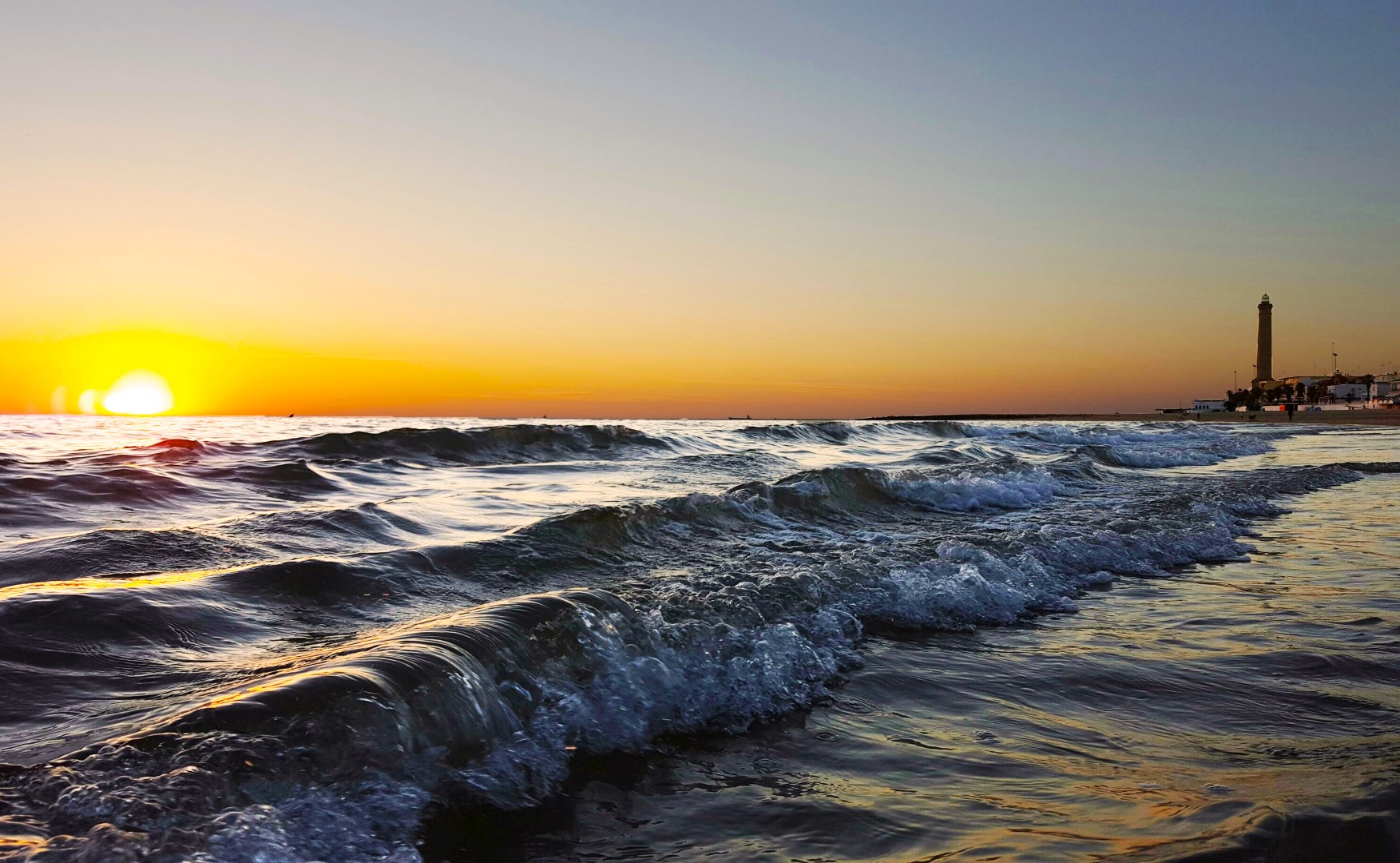
No conversation about Chipiona is complete without mentioning its lighthouse, the tallest in Spain and the third tallest in Europe. Strabo called it an amazing feat of construction, and compared it to the legendary Lighthouse of Alexandria. The order to build it in 140 BCE was given by the proconsul Quintus Servilius Caepio to warn sailors seeking the entrance to the river Betis of the reefs at Salmedina, hence the name, Turris Caepionis (Caepio's Tower), and Caepionis (Chipiona). Its function is to indicate the location of the Guadalquivir estuary, and it has been open to visitors since 1998, offering spectacular views of the city and the entire northwest coast of the province. To visit it, phone 956 929 065 to arrange a tour.
Chipiona is one of the most popular summer beach resorts in Cadiz province. Its proximity to the province of Seville means that many sevillanos go there to enjoy its beaches and beachside bars. Its famous beaches include Las Tres Piedras and La Playa de Regla. An added attraction of La Playa de Regla is the Santuario de Nuestra Señora de Regla, a beautiful church close to the sea, outstanding for its excellent state of conservation and stained-glass windows.
The river Guadalquivir is one of the icons of Andalusia. It rises in Jaen and reaches the sea at Sanlúcar de Barrameda, passing through Cordoba and Seville. It reaches its westernmost point in its final stretch in Doñana National Park, one of the most important natural reserves in Europe. From Cadiz province you can go and visit it by crossing the Guadalquivir on the ship, the "Real Fernando" from Sanlucar de Barrameda. The excursion takes about three hours and is a wonderful way to discover the secrets of the Guadalquivir and Doñana. The city of Cadiz is steeped in history and culture, and also makes for some fascinating discoveries with the kids, who will have as much fun as the adults in the oldest cities in Western Europe.
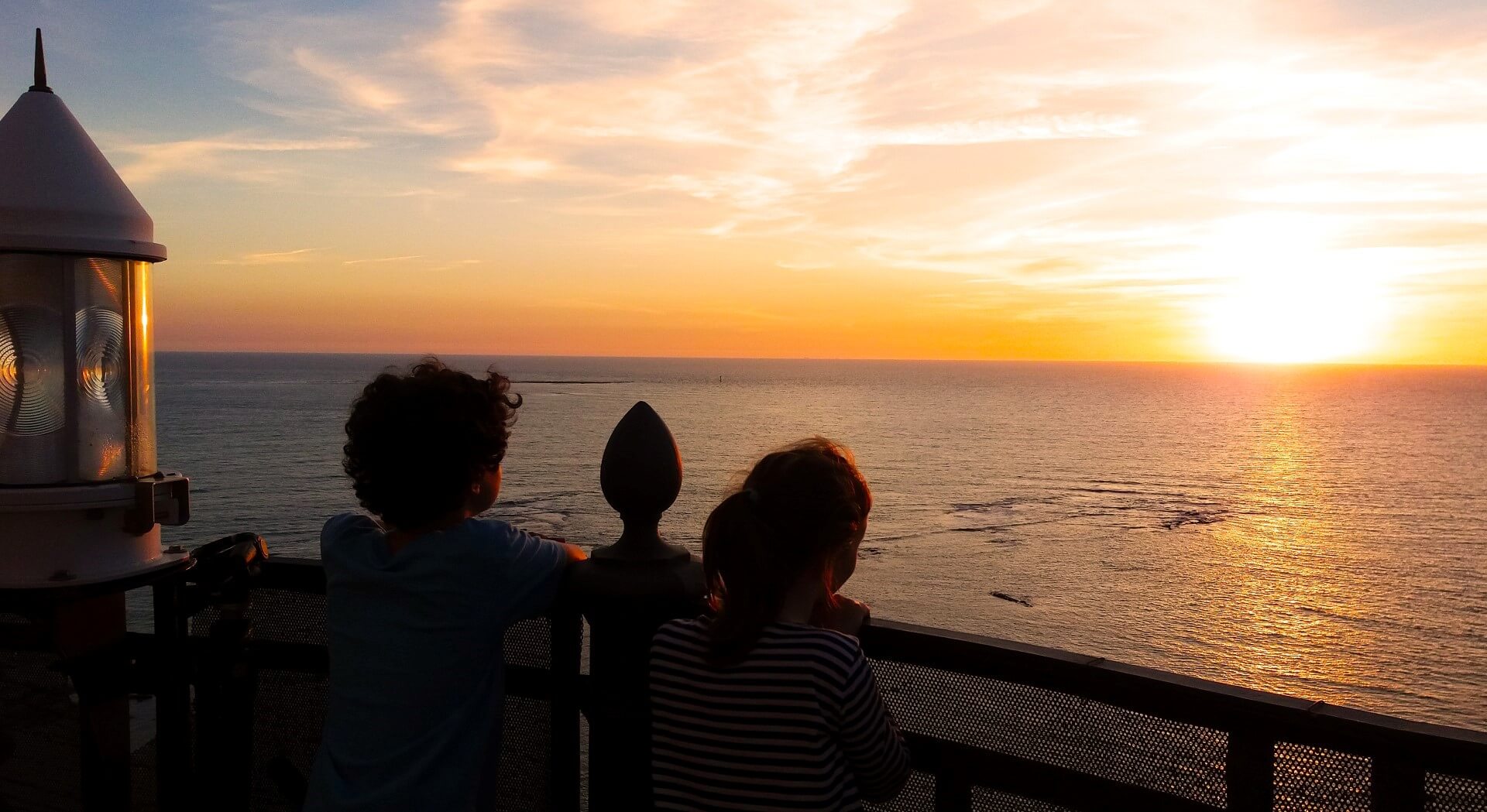
Inserta aquí una nueva sección
JNext to Jerez Cathedral and right in the city centre you can find the Palacio del Tiempo (Palace of Time) that holds the Clock Museum, regarded as one of the most valuable clocks collections in Europe. It was opened on 20 March 1973 with a collection of 152 clocks donated in the last will and testament of the Countess of Gavia. The collection currently has 302 pieces, of which more than 280 are on display at the Museum, with examples of clock making from England, France, Italy, Switzerland, Austria and Germany. And whether you love the fascinating world of timepieces or not, the museum is well worth a visit.
The town centre of Jerez is home to Jerez Zoo and Botanical Gardens with more than 150 species of plants and over 200 animals that can be seen and enjoyed in beautiful and accessible surroundings. A visit to the zoo is fun at any age but the kids will surely love it. Many of the animals at the zoo are in danger of extinction, which makes it an ideal place to discover species you won't see anywhere else.
After the zoo, what better than a walk around the city of Jerez to see its impressive buildings? Jerez is an open, clean and comfortable city to get around in, and parking is easy. Since you're in the city of sherry, it's almost an obligation to pay a visit to one of its tabancos (wine shops) and try a glass or two of sherry in the place that gave it its name. An especially popular and lively area is the Plaza del Arenal, with a classical merry-go-round that the kids will just love.
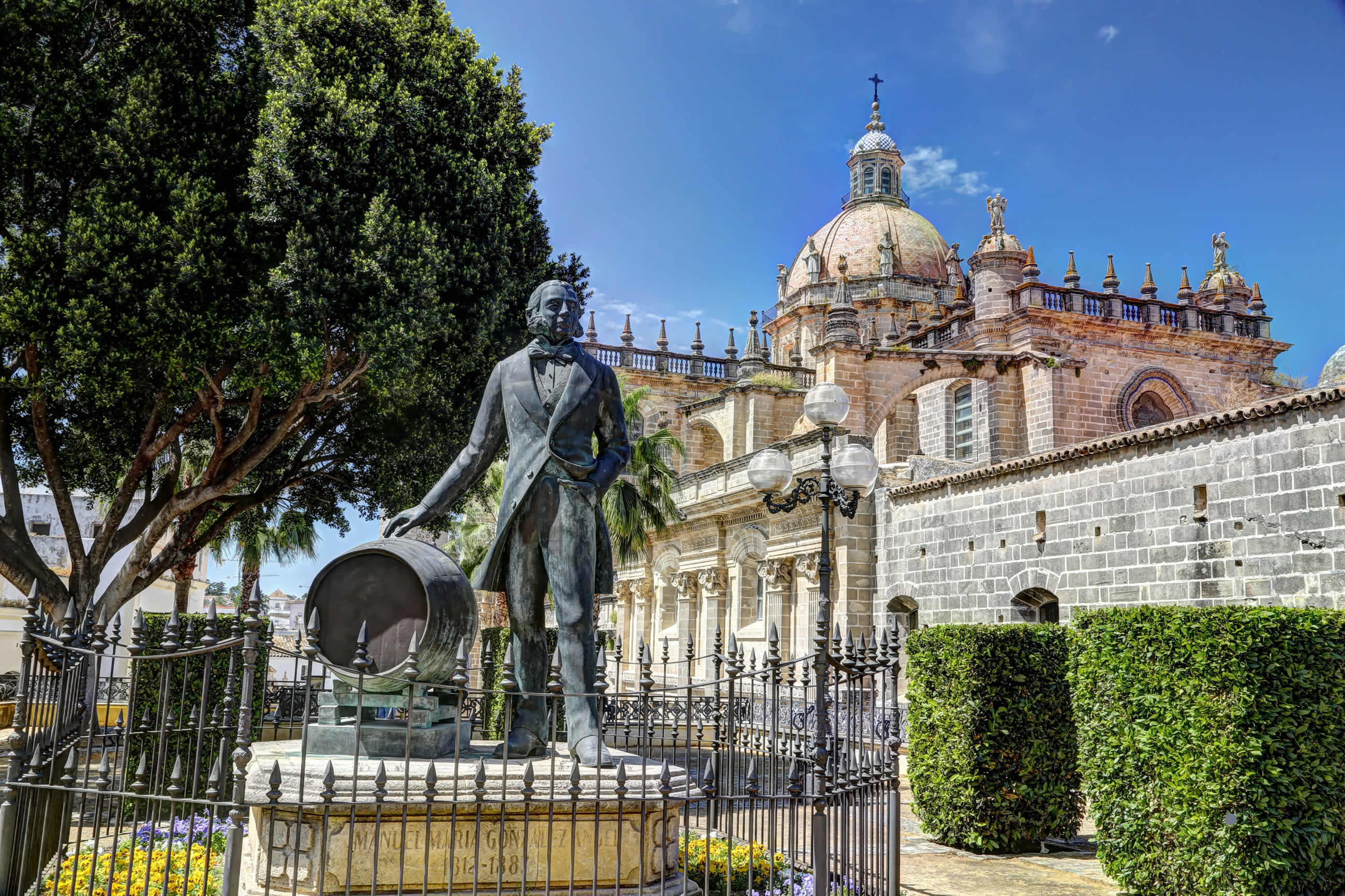
3,000 years is a lot of time, and even more so for a city as cosmopolitan as Cadiz. All the cultures of the Mediterranean have passed through here and each one has left something for us to see so that we don't forget them.
But before you happily lose yourselves in the streets of Cadiz, the ones that people say always end at the sea, a good idea is to know a little more about the layout of the city, its shape and limits, which all make it very special. You have two options, both with quite a few steps, so it's a good idea to be awared. You can go up the 172 stairs of the Torre Tavira and enjoy the views of Cadiz from every angle, before entering its dark chamber, an amazing experience for both children and adults. The other option is to go up the Clock Tower of the Cathedral, where the views are just as spectacular. And if you can find a way to make your visit coincide with the sunset, you'll see images of the city that you'll never forget.
Right next to the Cathedral is the Roman Theatre of Cadiz, which is so big that more than half of the old quarter of the city had to be demolished to uncover it. Only a part of the theatre can be seen and visited, but even so it's well worth a visit. It's a symbol of the greatness and importance of Roman Gades, birthplace of Columella or the Balbus family.
The Interpretation Centre helps you to understand the archaeological remain of the Roman urban buildings in the city of Gades, their importance in forming the Medieval city and the present-day district of El Pópulo.
Cadiz has other very interesting museums that can spark the kids' interest, such as the Provincial Museum of Fine Arts, with Roman sculptures and the famous Phoenician sarcophagi (find out more about the story and you'll be amazed), the Museo de las Cortes de Cádiz, with an impressive model of the city in the 18th century, or the Puppet Museum where the famous Tía Norica lives.
If you're hungry, a good place to go is the Paseo Marítimo de Cádiz, a promenade outside the city walls where you can see the new part of the city. You can take lines 1 and 7 for a quick and easy journey from the city centre. The Paseo Marítimo de Cádiz is ideal for walking and jogging, since here pedestrians and bikes take preference over motor vehicles. It also has a lot to offer gastronomists, with everything to choose from: fish, meat, rice dishes, etc. The Marea is especially famous and highly recommended for its fish and shellfish.
Cadiz is a small city and has just one shopping centre at the foot of La Pepa Bridge, but the streets of Columela, Compañía and San Francisco are one big shopping centre in themselves, where there is as much room for major national fashion brands as there is for local shops and stores. The area is full of shoppers and passers-by all day long.
A day in the city of Cadiz would not be complete without saying farewell to the sun at La Caleta, the most famous beach of Cadiz and one much beloved by the songwriters of the Carnival. There are benches to sit and enjoy the spectacle nature offers to gaditanos and visitors alike, although many prefer to see it from the beach itself. A moment to relax in silence and enjoy with all five senses.
Once you're back in Cadiz, you simply cannot leave without having dinner and ordering caballa con piriñaca (roast mackerel with a tomato, bell pepper and onion garnish) in the Barrio de La Viña, The most essential and symbolic of everything that is Cadiz, with its colourful pots full of flowers and the beach of La Caleta always in the background. You have to reserve a table at Taberna El Tío de la Tiza (even a couple of days in advance in summer) but it's well worth the effort. Ortiguillas (fried sea anemones), cazón (school shark fillets) and of course caballa con piriñaca, the gastronomic icon of the city. And after dinner, go and see and hear the district of La Viña. The essence of Cadiz.
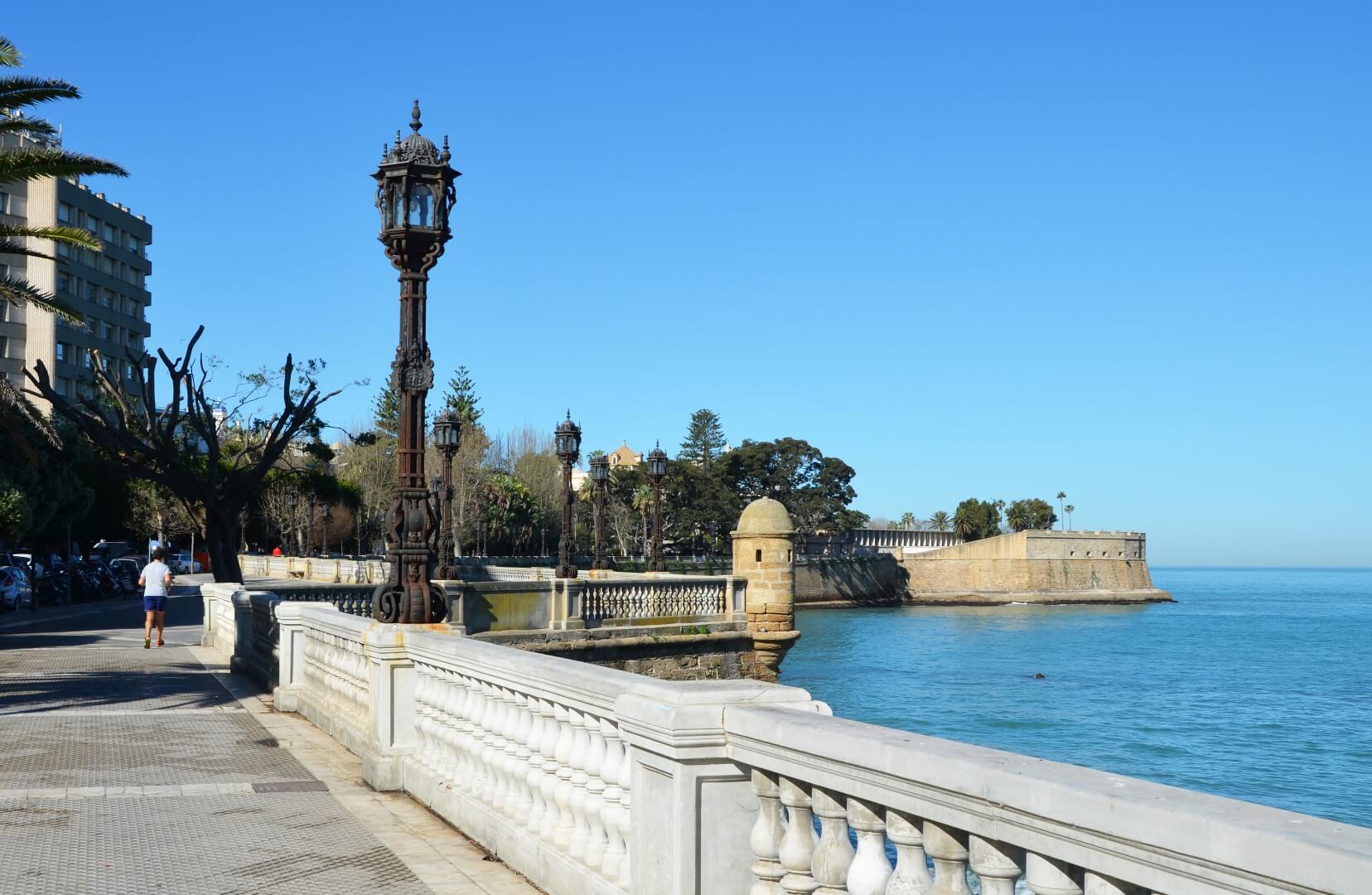
If you go to the Alameda de Cádiz, you can see El Puerto de Santa María right in front of you, all the way from Valdelagrana to its limits at Rota. It looks very closely, and in fact it is. You can take the catamaran from the Port of Cadiz (which here is called El Muelle) that leaves you in the centre of El Puerto in half an hour. It's a fun trip that the kids will love.
No sooner do you disembark from the catamaran and you see the Bodegas de Osborne, the famous wine cellars of the black bull or Toro that watches over the motorways of Spain. It's a national icon that deserves a museum to itself. The owners of the company thought so too and founded the Toro Gallery, a visit that takes in all the iconography and history of the most famous bull in Spain, where you can see a pair of Rafa Nadal's trainers with the bull symbol on them, or a bull made with Swarovski crystals. An additional feature of the visit is a walk around the wine cellars; an opportunity not to be missed, where you can see wooden wine barrels autographed by famous people from all around the world.
Eating at El Puerto is an experience in itself. Here fish and shellfish reign supreme. The zone of the Rivera del Marisco is one long chain of bars and restaurants where a bad meal is never served. One of the most popular eating houses is the Taberna del Chef, where Ángel León offers the delights of Aponiente, a restaurant with three Michelin stars that's on the other side of the River Guadalete, served in tapas format at a very competitive price.
El Puerto is well known for the buildings you can find in its streets. What better then than to take a walk after lunch along Misericordia, Palacios or Larga street and enjoy the views.
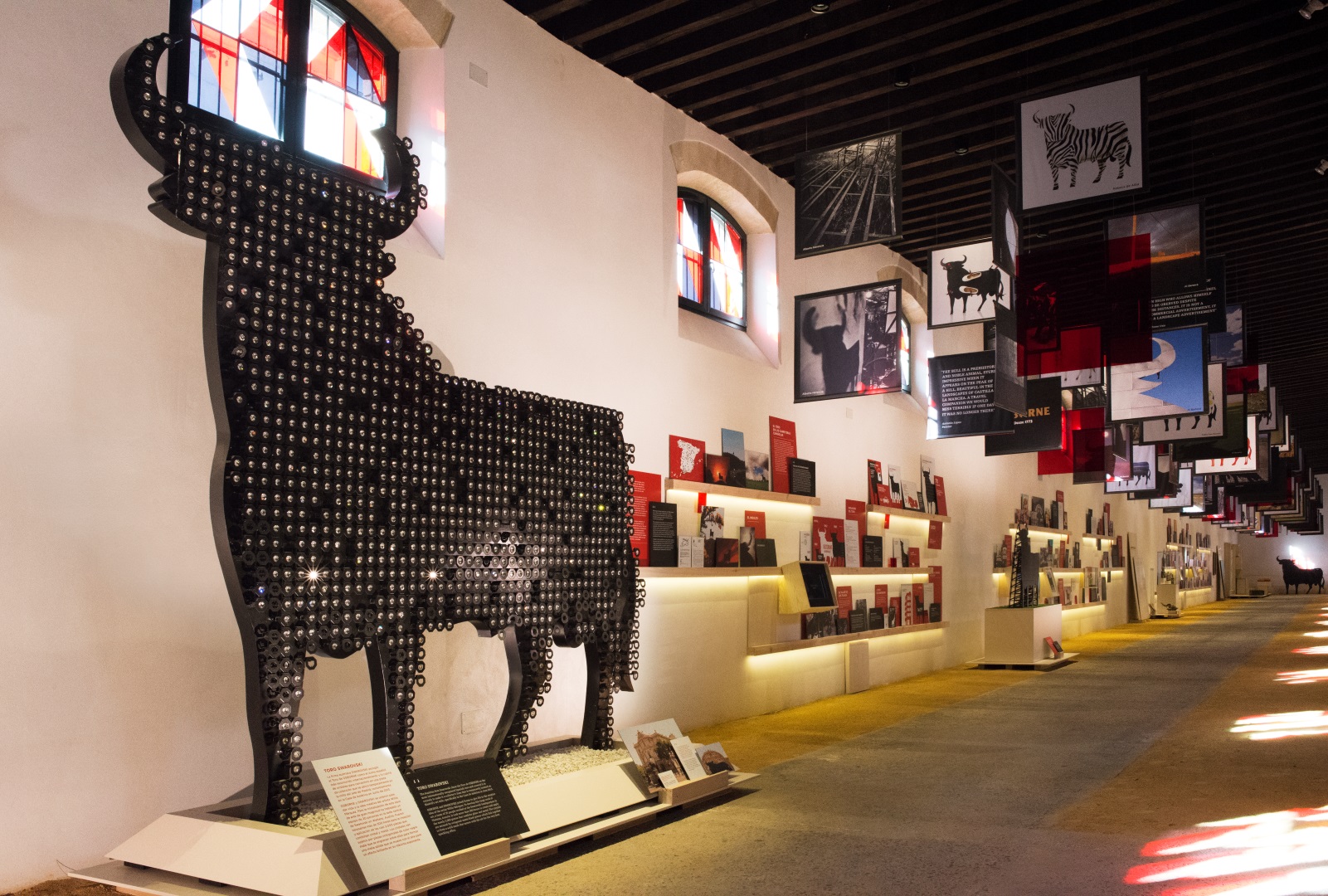
Kilometres: 89.1 km
Estimated driving time: 1 hour and 30 minuts
Días recomendados: 4
Atractivos: Cultur y gastronomy.
See route in map: Google Maps
